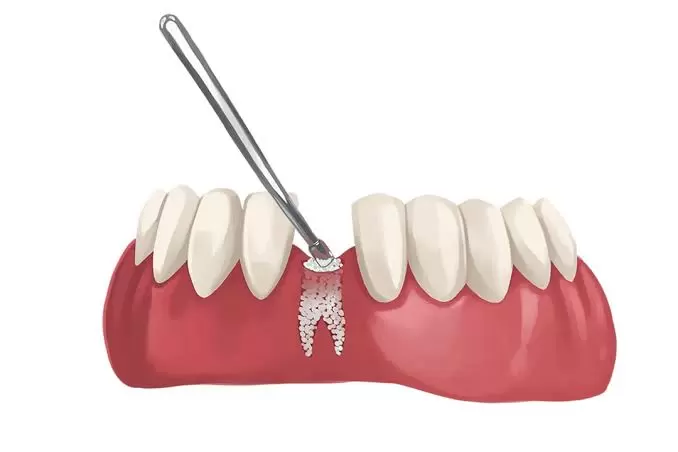

In today’s world, modern medicine allows us to create and grow bone where there isn’t any. It allows for heart, lung, and kidney transplants, specialized reconstructive surgery, and so much more. All of which can give a person a new lease on life.
While a bone graft procedure is not always common when it comes to dental implants, there are a few cases where it might be necessary. If you’re set to undergo this groundbreaking treatment, here’s what to expect and how it can make all the difference to your oral health.
In short, bone grafting increases the amount of bone you have at a particular location in the body. Most commonly, bone grafting applies to the jaw. The purpose of a bone graft varies. In most cases, it’s useful for dental implant placement. But it can also help to rebuild the jaw after serious periodontal disease or before getting dentures.
The process of bone graft treatment is quite simple. An oral surgeon essentially attaches grafts of bone to other bones in the jaw. Sometimes they might use other bone-like materials. Your surgeon will use grafts of bone/bone material from other parts of your body, such as your hip, tibia, or even the back of the jaw. The name for this surgery is autografting.
In some other cases, a surgeon might use any of these bone grafting techniques:
Much of the time, it depends on the extent of bone grafting you need. However, autografting is the most popular technique when it comes to dental implant procedures. It’s worth noting that when it comes to bone grafting, you might not be able to get same day dental implants.
This is because the process of bone grafting takes time and needs to heal before your oral surgeon places your dental implants into the bone.
So, why is this such a popular procedure if you’re in need of dental implants? Just to clarify — you might not always need a bone graft if you’re due for a dental implant. But if you do not have enough jaw bone to support an implant, a bone graft might be a necessity.
Some of the clear benefits of bone graft treatment for dental implants include:
Overall, bone grafting is actually a restorative treatment for the mouth. If you’ve suffered from periodontal disease, lost multiple teeth, or lost bone density due to osteoporosis, bone grafting helps to restore the mouth after trauma.
This makes you a better candidate for dental implant placement and numerous other dental treatments down the line.
At the end of the day, if your oral surgeon or dentist recommends bone graft treatment, this is not something you want to overlook. If you neglect the integrity of your jaw, you could face serious oral health issues in the future — not just missing teeth!
Want to learn more about how to manage your health and fitness? Check out the rest of this site for more.
Hey there! Ready to embark on a historical journey with Air India? Whether you're a…
In 2017, altcoins were seen as experimental side projects to Bitcoin. By 2021, they became…
Shopping centers in Las Vegas have a unique opportunity to stand out by offering not…
Levitra, a widely recognized medication for treating erectile dysfunction (ED), has proven to be a…
Have you ever looked down at your carpet and wondered if there’s a budget-friendly way…
Counter-Strike 2 (CS2) has elevated the thrill of case openings, captivating both seasoned CS:GO veterans…